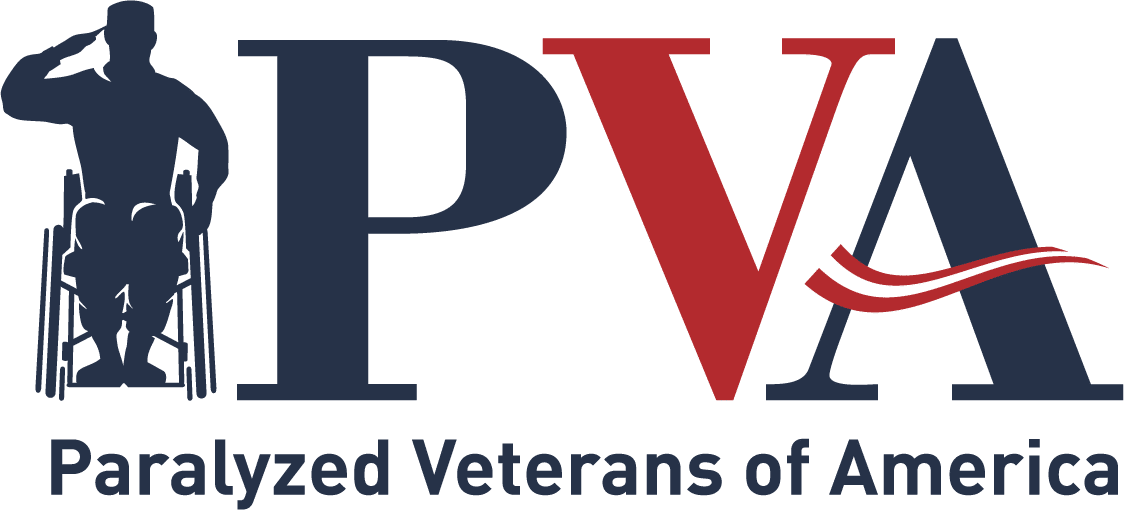It was determination combined with some help from technology that enabled paralyzed Marine Corps veteran Derek Herrera to retire from service in the same manner he entered – standing up.
Herrera, a special operations officer paralyzed from the chest down by a sniper’s bullet in Afghanistan, retired this fall from the Marine Corps, but not until after he walked with the help of a robotic exoskeleton to receive the Bronze Star, one of the military’s highest honors.
The award of the Bronze Star with combat distinguishing device was a result of Herrera’s heroic actions in 2012, when the patrol he was leading in the Helmand River Valley of southwestern Afghanistan came under heavy fire. Despite his own spinal cord injury and a collapsed left lung, Herrera continued to lead his Marines through the ambush. “Now in a position of advantage, Capt. Herrera and his team effectively suppressed the attackers with supporting arms and destroyed the insurgent attackers in detail,” according to the medal citation.
Determined, he refused to give up. Stunning new tech let him walk again.
Following his injury, Herrera, with the support of his wife, Maura, and family, became determined to walk again. “Initially, I thought very positively about the recovery process, but as the weeks drug on, I hit the realization that my situation was probably going to be more permanent than I initially thought,” he says.
Still, despite that realization, Herrera refused to give up and in the process discovered his life’s calling. As he learned more about medical research and technology, he became intrigued – not only by its potential to help him but others with disabilities, including his fellow injured veterans.
That’s when Herrera discovered the ReWalk ExoSkeleton, a product developed by Israeli-based company Argo ReWalk Robotics that includes leg braces, a backpack with a computer and batteries, a watch-like controller and crutches. The exoskeleton – approved by the Food and Drug Administration for personal use in the U.S. – enables Herrera to walk, stand and sit.
“It’s not a replacement for a wheelchair; I can’t get in it and run a marathon,” Herrera says. “But therapeutically, there’s no other way I can stand up, so the fact that that’s a possibility is great for me.” With eyes focused on the future, he sees a business.
A head for business. A love of tech. A dream to help paralyzed veterans.
Herrera made the decision, however, that he did not want his interaction with medical technology to stop there. Next summer, the 2006 U.S. Naval Academy graduate will complete another degree in business administration at the University of California Los Angeles. His goal upon graduation: starting a business that will apply technology to help change the lives of individuals with spinal cord injury or disease (SCI/D).
“In the next 10 years, the technology will be functional and will replace wheelchairs similar to the way prosthetic technology has helped amputees,” Herrera says. “There will be so much progress with technology that it’s not a matter of when they’ll walk again, but rather a matter of how soon.”
Herrera also discovered that Paralyzed Veterans of America – in addition to helping him with his medical paperwork and transition process – has a research foundation that provides grants and support to innovative research and fellowships that improve the lives of those with SCI/D. Herrera applied for a seat last summer on the foundation’s Board of Directors. He now serves as an alternate member of the Board.
All of the same passions and purposes we had on active duty can be channeled into something meaningful today.
“I’m really interested in medical technology and research, so to go to the board meetings and see all of the grants, proposals and research that’s being done is pretty inspiring,” Herrera says. “It’s good to know the community has not forgotten.”
Fallen comrades. A bronze bracelet. A reminder to live life to the fullest.
And there’s one thing Herrera has not forgotten – that he was given a second chance to continue to live his life. Every day, he wears a bronze bracelet bearing the names of his fallen comrades not only to honor their memory but remind him how fortunate he is to be alive.
That’s the message he wants to communicate to other veterans, particularly those who may be starting their journey with a life-changing spinal cord injury or other disability. At some point, he hopes his fellow disabled veterans will discover that while life will be different, it can still be lived to the fullest.
“The question will become, ‘How do I expand my business;’ or ‘How do I lead these people where I’m working;’ or ‘How can I help someone else today?’” Herrera says. “All of the same passions and purposes we had on active duty can be channeled into something meaningful today, and if you’re not taking advantage of that, it’s a disservice to yourself and others in the veteran community.”
